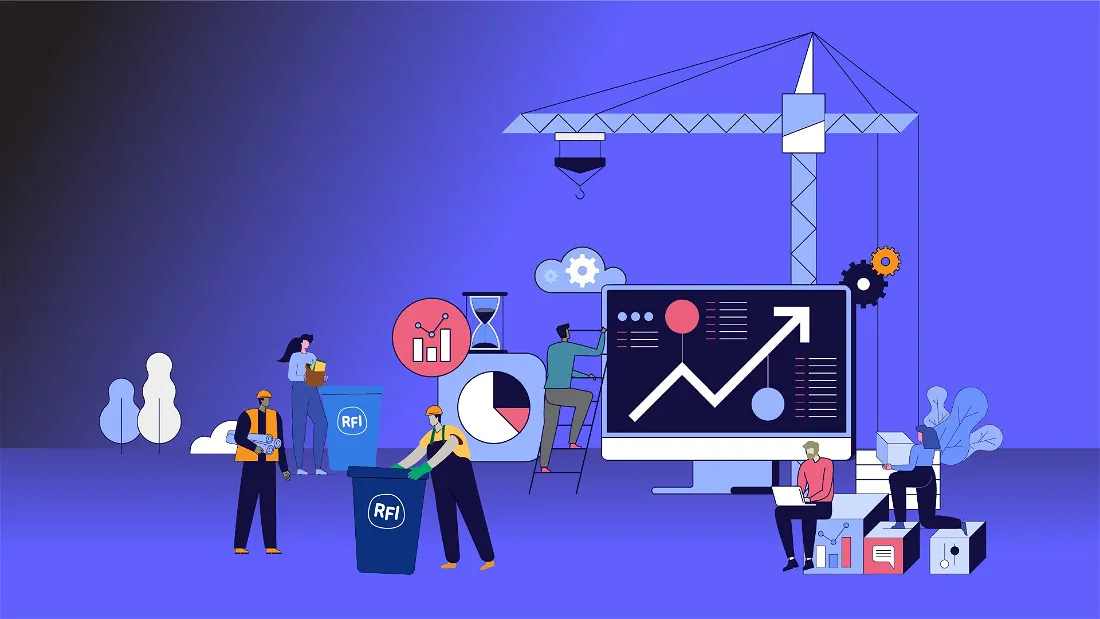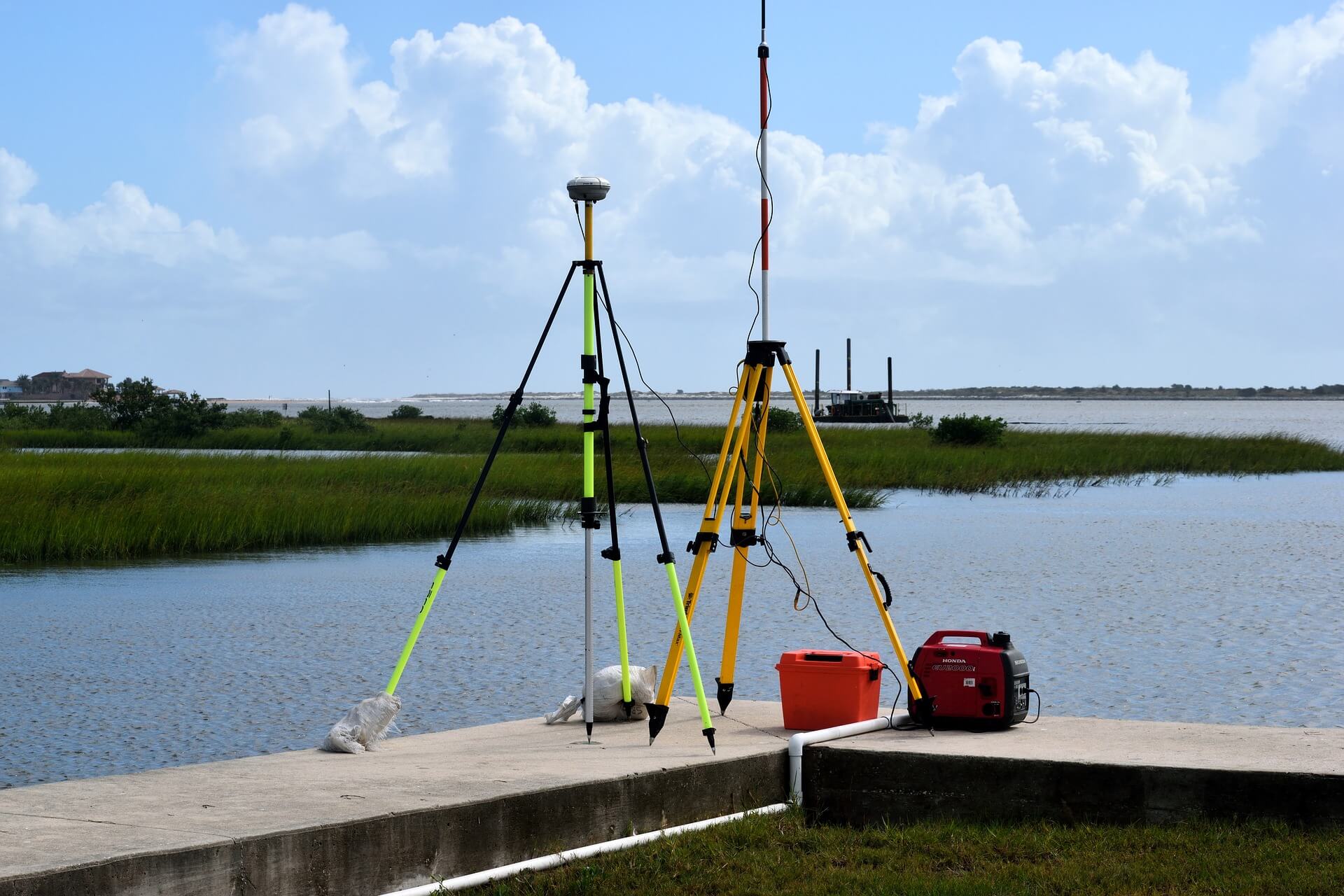At Autodesk, we’ve made it our mission to make the lives of construction professionals easier. One of the most critical ways we do this is by providing solutions that automate the various processes and tasks that happen during a construction project. Case in point: Autodesk Construction Cloud’s request for information (RFI) capabilities. Our software enables stakeholders to manage one of the most common processes on a project by submitting, assigning, and answering RFIs with just a few clicks. We provide an easy-to-use solution that saves teams time, and our customers love it. But I want to let you in on a little secret: while we have a robust solution to manage RFI workflow, we aspire to help our customers eliminate RFIs altogether. Sure, this might be wishful thinking. I concede that some RFIs will always need to happen. But what if you could cut down on at least 50%, if not 75%, of them on a project? We think it’s possible. Why do RFIs even occur in the first place? Most stem from information—specifically, a lack of it. (Some exceptions apply, of course, such as confirming contract documents.) When workers on site need critical information or clarification to move forward, they initiate an RFI. On a typical project, this might play out when a subcontractor discovers a discrepancy in the drawings or, say, finds a key detail was left out of the original contract scope. In both cases, the subcontractor works quickly to submit an RFI to the general contractor (GC), which begins a waiting game. The average response time to an RFI is 9.7 days –if a response is even given. Usually, if a GC is unable to provide satisfactory or timely information, the subcontractor forwards the RFI to the architect or engineer responsible for the project design, which can then stall jobsite work even further until the information becomes available. The “hurry up and wait” RFI process interrupts project momentum. While the primary purpose of an RFI is to reduce the need for time-consuming and expensive rework, the process itself is time-consuming and negatively impacts schedules and budgets. Just as worse, the project team’s morale is affected by an RFI pile-up. Technology undeniably helps streamline the workflow, but RFIs are still a wasteful process that we’re better off working to eliminate. In short, project team members on a jobsite should already have access to all the information they need immediately at their fingertips and have a collaborative digital process to eliminate those RFIs that need quick clarification or confirmation. Wasteful processes are a significant pain point in the construction industry, causing businesses to lose millions of dollars annually. On average, there are 9.9 RFIs for each $1M of construction project value from a sample of projects ranging from $5M to $5B, costing a typical large-scale construction project almost $900,000 in RFI processing costs. By eliminating and not just automating wasteful processes – by getting rid of the very need for most RFIs – we pave the way for wider profit margins, resulting in more resilient companies and a more sustainable construction industry. Transforming the very nature of workplace behaviors and processes like RFIs is precisely what we're committed to doing at Autodesk. We believe it’s truly how we make the industry more efficient, safer, and better for everyone involved. The construction industry must work together to affect the change needed to eliminate broken procedures that cost us time and money. We’d then have the resources to devote more energy towards high-value activities that grow the bottom line. Here are several shifts that need to happen to break the mold of process waste and transform how AEC works: “Connected construction” refers to a vision for the built environment where stakeholders communicate effectively, and tasks and processes are optimized throughout the entire lifecycle of a building, from design all the way through to long-term operations. Process efficiency and enhanced communication are wonderful outcomes, of course. What doesn’t get discussed as frequently as these end results are the required elements needed to make a project connected in the first place: data and insights. But why is construction currently disconnected? It usually stems from missing or outdated information and teams and data that are in silos. As in the case of RFIs, a lack of information creates an entirely superfluous process that’s time-consuming and, most importantly for a margin-starved industry, expensive. At its core, connected construction is about creating "roundtrip information." Data needs to be highly visible and discoverable, up-to-date, and distilled for actionable insights to get the desired outcome of efficiency and a reduction of wasteful processes. A common data environment (CDE) is critical to connecting data, workflows, and teams, starting in the earliest phases of planning and design all the way through handover and into operations. Instead of multiple point solutions, a CDE platform brings all project data, including information within integrated third-party applications, into one system to create a connected technology ecosystem. Preconstruction offers the biggest opportunity to reduce or eliminate wasteful processes and de-risk a project. Done right, preconstruction allows you to simulate the job—i.e., have a digital rehearsal process—before ground breaks. When you develop a strong connection and stream of information between workflows and stakeholders during the earliest planning phase with a connected ecosystem, preconstruction can be your ultimate competitive advantage. Also consider this: a typical $100 million project takes 30 months in design and preconstruction (and only 18 months to build). During this period, the project is exposed to many types of risk, including design creep and price escalations, which can compromise project timelines and budget. Teams can avoid these challenges through integrated design. By connecting the design phase with downstream processes such as quantity takeoff, scoping, estimating, and buyout, your teams can effectively convert ideas into tangible construction plans. This approach fosters greater cost and schedule predictability while streamlining the construction process. It empowers you and your teams to preview the entire project and build it right before it is built right. Wasteful processes such as RFIs won’t disappear overnight. But what if you started “small” and could cut them down by 25%? Think of the time and hundreds of thousands of potential dollars that could improve your bottom line, not to mention reduce the aggravation your project team endures. And RFIs are but just one example. What if we were able to decrease issues in the field, as well as streamline their resolution? Instead of using technology to simply manage schedule changes, think about the time and resources you could save by creating schedule certainty upfront. The list of possibilities—wasteful processes to eliminate—could go on and on. Our vision starts at the beginning: by shaking up the entire digital construction system so it’s optimized for success from the start. The time is now to embrace connected data and technology and invest in integrated design and preconstruction. This is the direction the industry is heading. The only question that remains is, are you ready to join us? Learn how the Autodesk Construction Cloud platform keeps everyone on the same page at every stage. The problem with RFIs
The high costs of wasteful processes
How to address challenges before they become wasteful processes
Embrace the building blocks of connected construction
Leverage the power of integrated design and preconstruction
The beginning of the end for RFIs



